
Regiony herbaty cejlońskiej
Naparw twoim kubku ma historię do opowiedzenia. Mówi o falistych wzgórzach, obfite słońce, i bujne prowincje.
NaSri Lance, prowincje środkowe i południowe produkują większość herbaty. Różna wysokość i mikroklimat wpływają na charakterystyczny smak, kolor, aromat i sezonowość herbaty cejlońskiej.
Niskikraj (do 2000 stóp nad poziomem morza)
RegionyRuhuna i Sabaragamuwa znane są z długiej herbaty liściastej. Kiedy zaparzana jest herbata z tego regionu, otrzymujesz filiżankę o bordowym odcieniu i karmelowo-słodowym smaku. Ta czarna herbata jest popularna na Bliskim Wschodzie, krajach WNP i Wielkiej Brytanii.
Mid-country(2,000ft ~ 4,000ft nad poziomem morza)
Herbataz mglistych wzgórz Kandy znana jest z pełnego smaku i miedzianego odcienia. To ulubiony wśród Australijczyków i Amerykanów.
Wysokikraj (powyżej 4,000 stóp od poziomu morza)
Wschodniewyżyny Uva, jest obchodzony na całym świecie ze względu na intensywną ostrość i orzeźwiający aromat.) Unikalne dla Uva są warunki mikroklimatyczne, które pozwalają właścicielom nieruchomości eksperymentować z uprawą nowych rodzajów herbaty.
Istniejątrzy inne prowincje na dużych wysokościach na Sri Lance zwane Nuwara Eliya, Dimbula, i Uda Pussellawa. Jeśli lubisz aromatyczne herbaty o łagodnym charakterze, pokochasz herbatę stąd.
-
 Uda Pussellawa Tea
Uda Pussellawa TeaThis region is twice blessed. It’s blessed during the months of June and September when the southwest monsoon arrives; a cold and dry spell to spur the tea bush to sprout the leaves that will produce a medium-bodied rosy tea graced with subtle character. Then it’s blessed again between November and January when the northeast monsoon’s yearly visitation brings rain in its wake and makes the tea darker in colour and stronger in flavour, adding more tang.
-
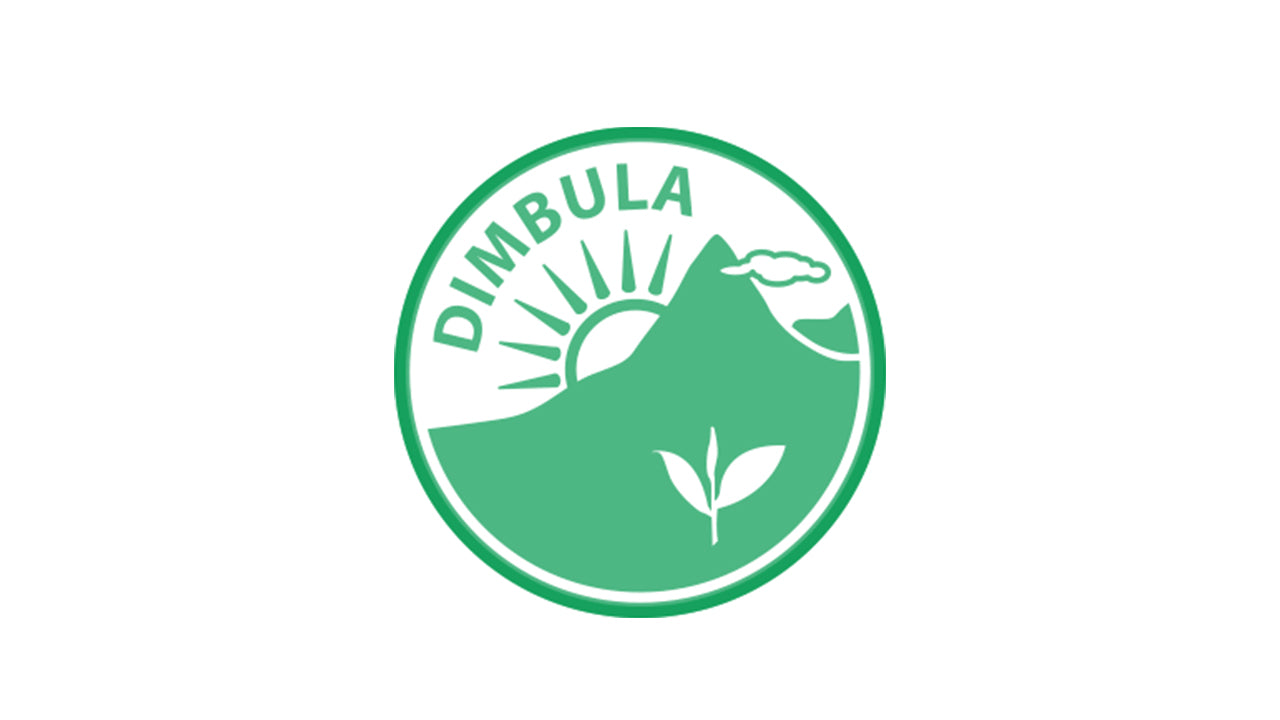 Dimbula Tea
Dimbula TeaIt is cool and dry between December and March and then the heavens open up to send in the rains between May and September. Two different climates within each year dictate Dimbula’s tea produce; a host of natural flavours with a hint of jasmine spiced with cypress. The tea when brewed displays a hue of a reddish, golden orange. And when tasted, it’s surprising to find a taste refreshingly mellow. Defined as ‘high grown’ tea, it is probably, the most famous Ceylon Tea of all.
-
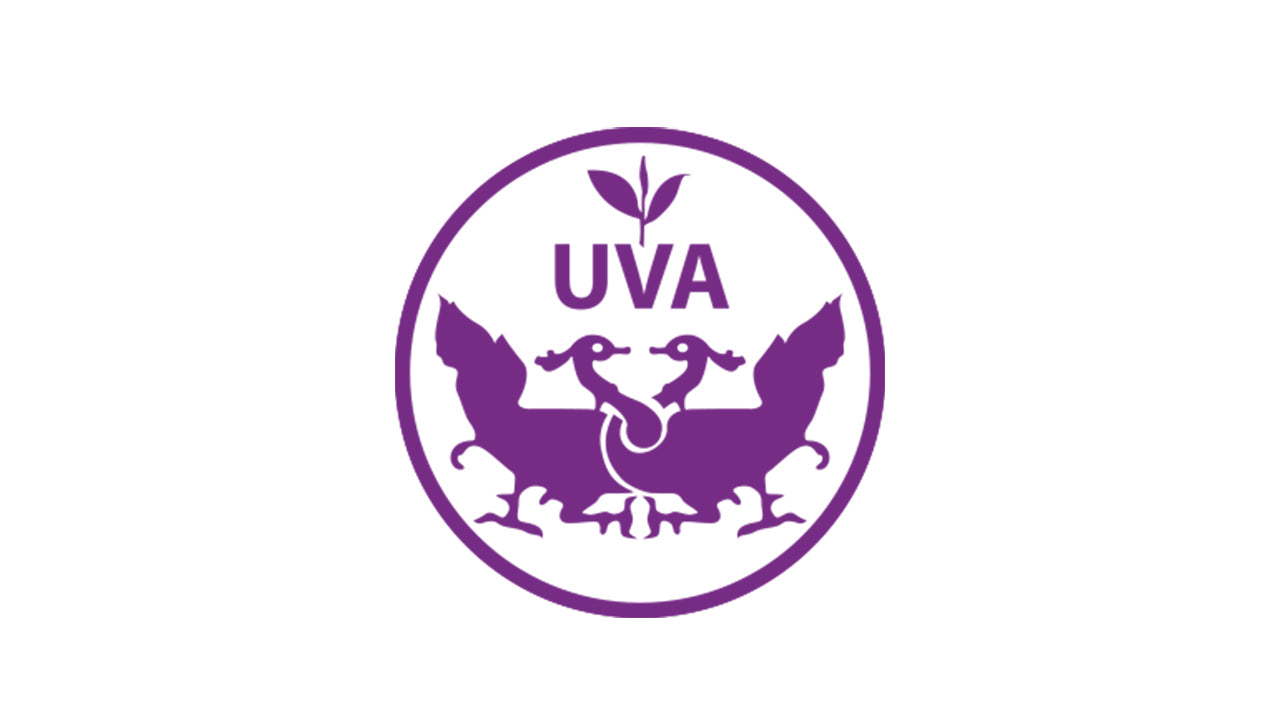 Uva Tea
Uva TeaIt’s the climate that makes Uva tea highly prized. The mountainous terrain is exposed to both monsoon seasons; the annual northeast and the southwest monsoons.
But when the winds reach these climes and howl around its high towers, they blow bereft of moisture – a spent force which had discharged its water content in the hills below.
The dryness gives Uva tea a special concentrated aroma and a distinct exotic flavour.
-
 Nuwara Eliya Tea
Nuwara Eliya TeaFrom the mist wrapped mountains of Nuwara Eliya that rise from the centre of the island to soar over 6000 feet above sea level, where the morning air is cool and bracing and the nights cold and touched with frost, come the lightest and the most refined. Nuwara Eliya is the champagne province of the country’s tea lands with best imbibed light.
-
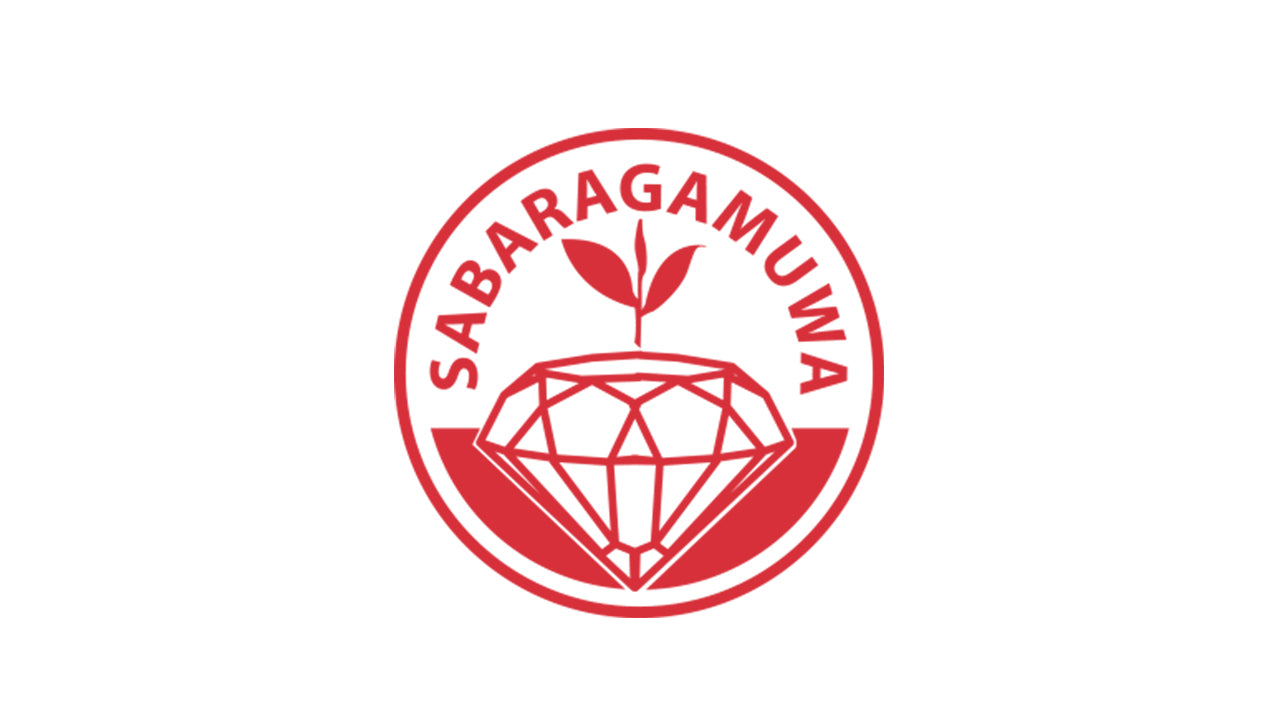 Sabaragamuwa Tea
Sabaragamuwa TeaIt’s not only in the mountains that Ceylon Tea brews best. The region of Sabaragamuwa, geographically placed at a lower elevation, musters a tea that is second to none. The climate which is hot and humid in the open air and moist and cool where the surrounding foliage is dense, serve to produce a dry tea leaf of a dark reddish black hue.
-
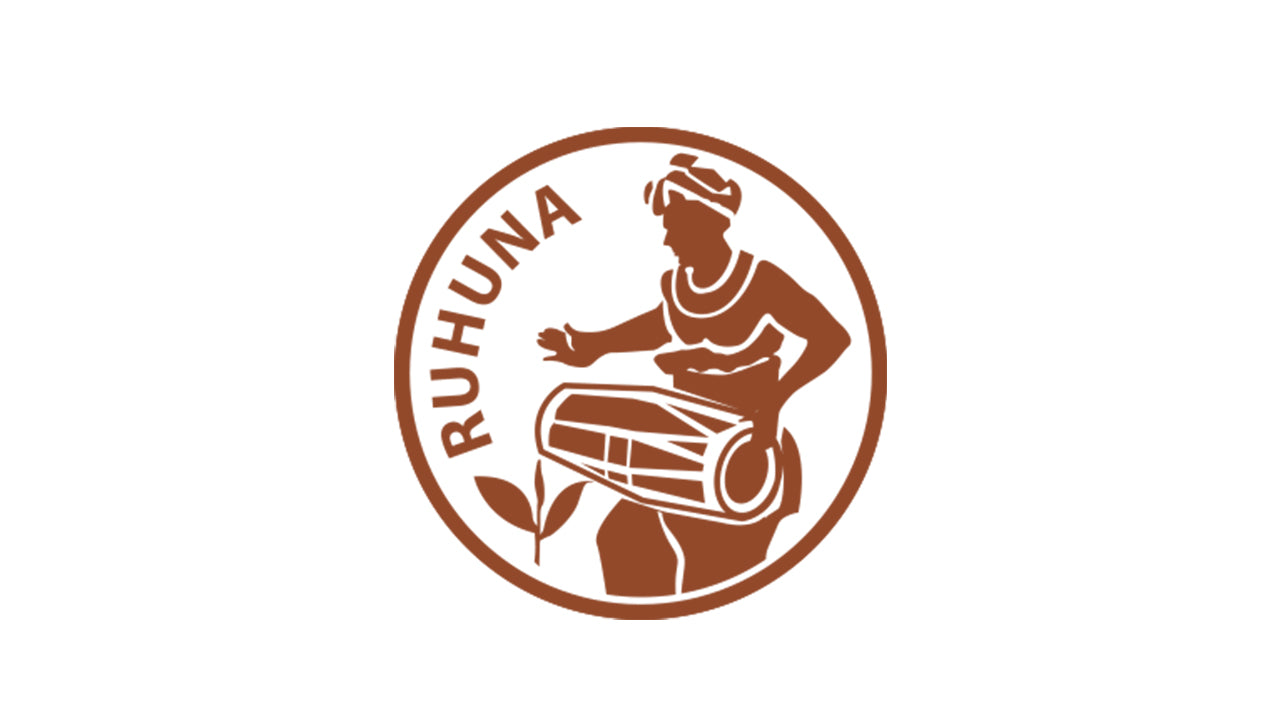 Ruhuna Tea
Ruhuna TeaRained on by the southwest monsoon, warmed by the tropic sun, the island’s low lying area’s tea have continuously showed their colours by producing leaves with a distinct blackness which imparts a strong and rich taste to rival the best the rest of Lanka can offer. From the south comes a tea full-bodied in its timbre with its flavour vibrant and strong.
-
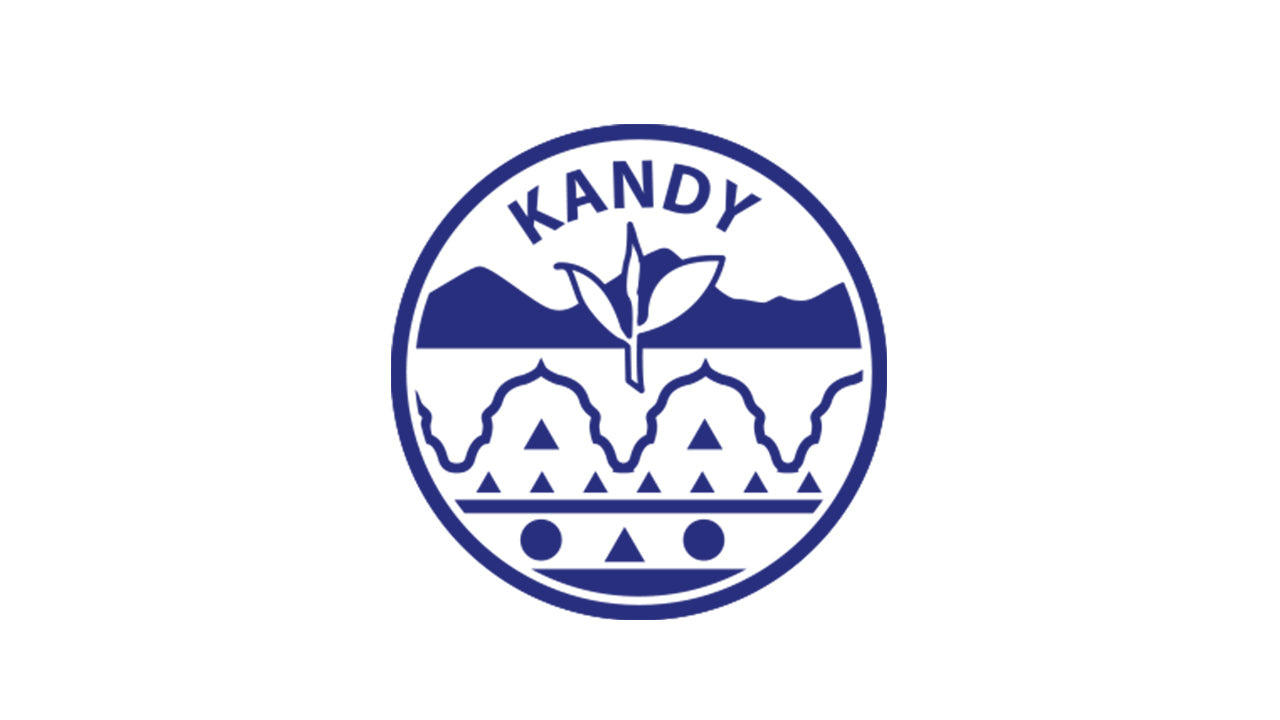 Kandy Tea
Kandy TeaThis mid country tea grown at 2,000 to 4,000 feet above sea level produces robust, full-bodied teas. Ideal for those who love their tea strong, bursting with flavour: the perfect wake-up tea for winter mornings, or when the heart needs a perky sprint.







